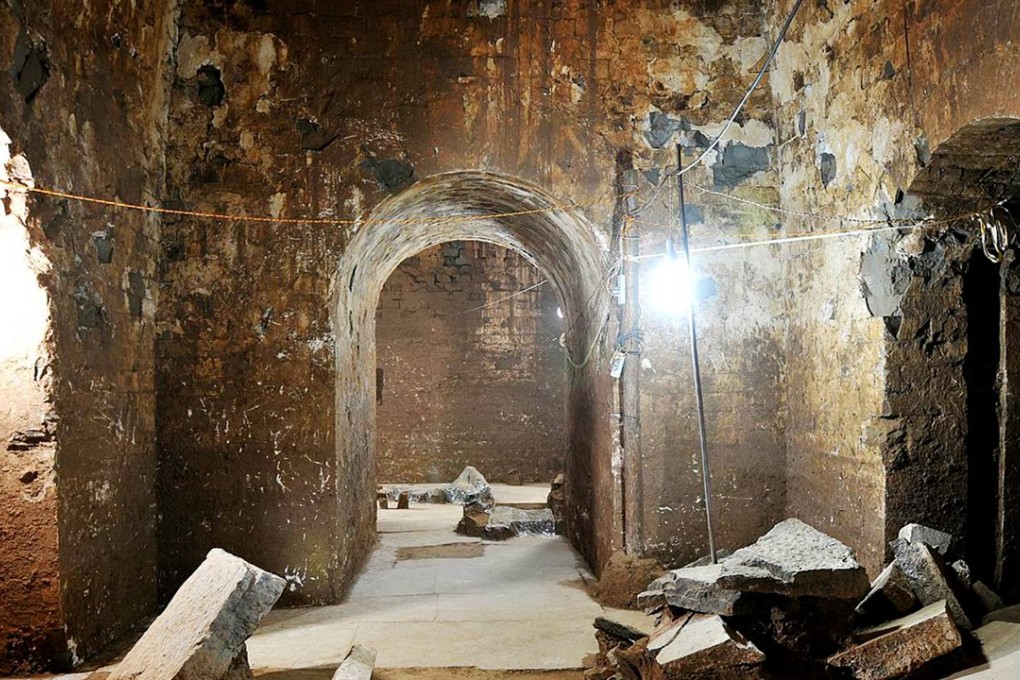China’s ancient treasures under siege from army of tomb raiders
Historians fear looting of ancient burial sites has reached epidemic proportions as would-be grave robbers team up through social media

It’s perhaps not surprising that grave robbing has a long tradition in China – after all, Chinese civilisation stretches back several thousand years. But a 21st century twist is turning this age-old crime into an epidemic. Inspired by get-rich-quick yarns and a series of popular novels, young migrant workers and peasants have teamed up in the thousands through internet chat rooms to loot historic tombs in key provinces.
A band of five led by a migrant worker surnamed Nuan was among the more recent raiders. In May the gang travelled hundreds of kilometres to the drab rural township of Huixi in southeastern Zhejiang province, and made off with a carved stone horse from a 400-year-old mausoleum.
Under the cover of darkness, they drove up to the tomb of a high-ranking minister of the Ming imperial court named Qin Minglei. The complex, which had survived the Cultural Revolution campaign to destroy the “four olds” – old culture, customs, habits and ideas – was protected as an important cultural relic and guarded by surveillance cameras.
But the gang managed to turn the cameras away from the tomb and, using a crane and steel cables, lifted the two-tonne stone horse on to their truck and drove back to their home county of Ningjin in Hebei province.
The artefact was put on the black market for between 200,000 yuan (HK$242,000) and 300,000 yuan

Police eventually caught the looters and recovered the stone horse in a deserted yard in Ningjin six weeks after the mausoleum raid.
